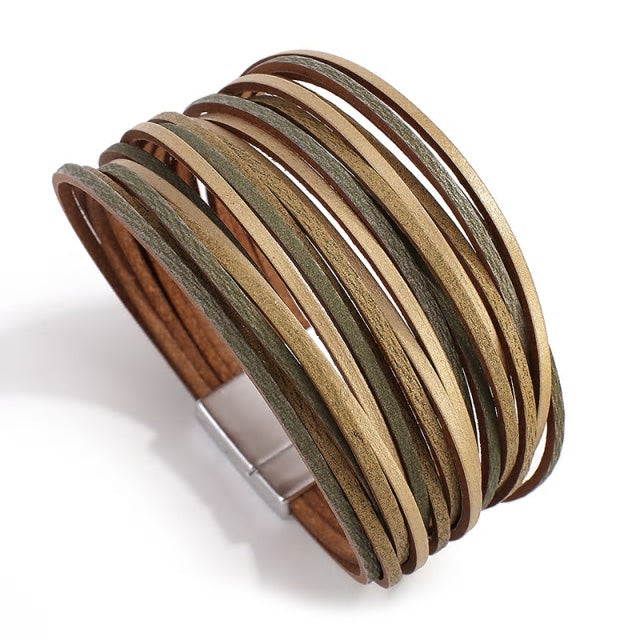Discover the history of the Turkish Evil Eye
According to historians, the Greek Eye, also known as Turkish Evil Eye, is a blue amulet, a popular piece that emerged around 3,300 BC in Islamic culture.
Despite being an ancient symbol, with thousands of years of existence, the Turkish Evil Eye has survived the passage of time, overcoming geographical barriers and becoming part of clothing, paintings, and decoration items.

What is the origin of the Turkish Evil Eye?
There is no concrete information about the place of origin of the Turkish Evil Eye. However, according to experts, the oldest record of the object was in Mesopotamia, in the city of Tell Brak. In this first version, the amulet was not yet carved from glass.
In another version, by the Greek philosopher Plutarch about the origin of the symbol, human eyes could emit rays of energy, which some regions, people had this power more prominent. According to him, those whom were most likely to have this power were blue-eyed people.
According to the scholar, those who were most likely to cast this curse were blue-eyed people, commonly found in the Mediterranean at that time.

What is the Turkish Evil Eye for?
Several beliefs are linked to the Turkish Evil Eye, but the main one is related to the amulet's ability to absorb negative energies and prevent the evil eye from reaching people who carry the symbol. In this way, many people began to wear necklaces, clothes and even stamp the sign on houses, cars, boats, and planes to receive the protection offered by the amulet.










